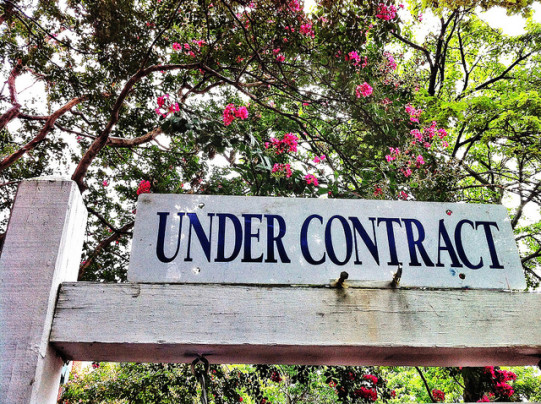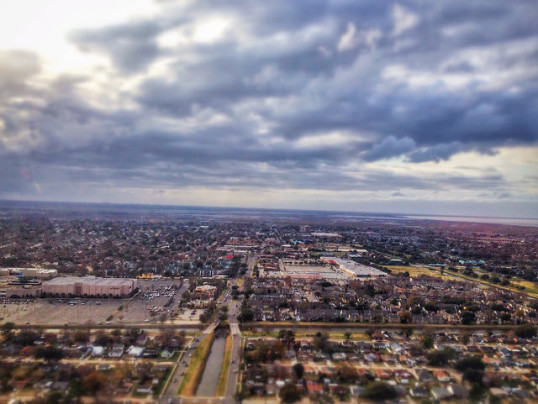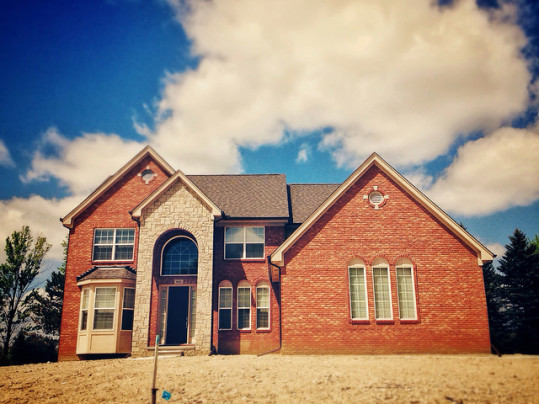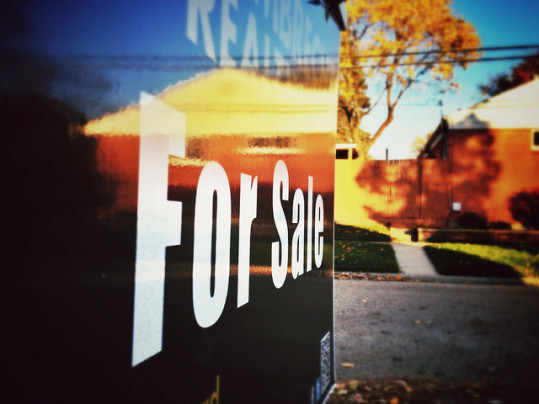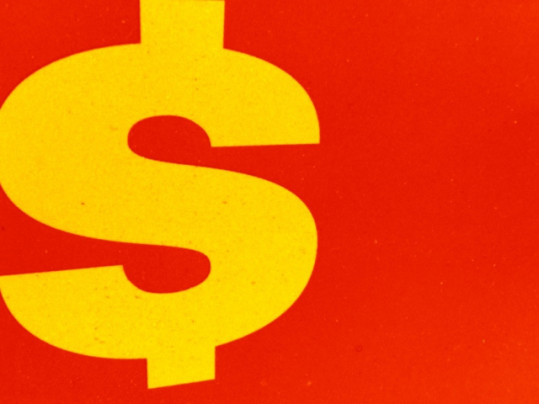The National Association of Realtors’ Pending Home Sales Index is a measure of how many contracts to buy homes were signed during the month. Because it gauges the number of signed contracts, rather than closings, the index is a good indicator of future sales of previously owned homes. In February, the NAR’s index showed a 3.1 percent gain from the month before. The index is now at its highest level since June 2013 and has shown an above-average level of activity for 10 consecutive months. Lawrence Yun, NAR’s chief economist, says the improvement is a sign of strengthening demand. Pending sales showed solid gains driven by a steadily-improving labor market, historically low mortgage rates, and the likelihood of more renters looking to hedge against increasing rents, Yun said. Combined, these factors should lead to increasing sales numbers in the months ahead. In February, sales declines in the Northeast and South were offset by substantial gains in the Midwest and West. In fact, the West jumped 6.6 percent from the month before, while the Midwest registered an 11.6 percent increase from January. The NAR expects total existing-home sales to rise 6.4 percent this year compared to last. More here.
Archive for March 2015
Accelerated Housing Activity In The Forecast
Economic growth slowed during the first quarter of the year because of harsh winter weather in the Northeast and Midwest and the port strike on the West Coast. But, according to Fannie Mae’s Economic and Strategic Research Group, growth is going to rebound and will continue to improve through the end of the year. Not only that, economic growth will be strong enough to help boost housing market activity as well. In fact, Doug Duncan, Fannie Mae’s chief economist, believes economic growth will carry real estate activity well above 2014 levels. “We continue to expect the economy to drag housing upward as we move into the second quarter,” Duncan said. “The economy is getting a boost from the strong employment numbers we’ve seen last year and at the start of 2015. When this employment growth partners with income growth and consumers experience a rise in their personal household income, we should see a similar boost in the housing sector.” Fannie Mae expects a broad-based recovery, with new-home construction rising 15 percent above last year’s levels and home sales up 6 percent. They also expect a 5 percent improvement in total single-family mortgage originations. More here.
Strong Spring Still Expected Despite Winter Woes
As 2014 came to a close, positive economic reports lead many real estate analysts to forecast a solid spring selling season and continued housing improvement throughout 2015. The rosy outlook was based on falling unemployment numbers, historically low mortgage rates, and pent-up buyer demand. The combination of these factors was supposed to help balance the market and lead to improved sales and new home construction. But, so far this year, housing data has shown a slower-than-expected start to the year, due in part to harsh winter weather across much of the country. Despite the slow start, however, analysts still expect a strong spring. For example, Freddie Mac’s most recent Multi-Indicator Market Index found a slight month-over-month decline in the housing market’s strength but their deputy chief economist, Len Kiefer, still believes the residential real-estate market will heat up along with the weather. “Housing markets weakened slightly this month, which is no surprise considering the harsh winter and slowdown in economic activity at the outset of 2015,” Kiefer said. “While single-family purchase applications dipped a bit across the board from December to January, they are still up nearly 3 percent from last year. Improving employment and attractive mortgage rates should help to support increased purchase applications, particularly as weather warms up and we head into the spring home buying season.” More here.
Mortgage Rate Drop Spurs Demand
According to the Mortgage Bankers Association’s Weekly Applications Survey, mortgage rates dropped last week across all loan categories, including 30-year fixed-rate mortgages with both conforming and jumbo balances, loans backed by the Federal Housing Administration, and 15-year fixed-rate loans. The drop was the second in as many weeks and caused a spike in demand for mortgage applications. In fact, the Market Composite Index – which measures both refinance and purchase demand – was up 9.5 percent from the week before. The refinance index jumped 12 percent from the previous week, bringing the refinance share of total mortgage activity up to 61 percent from 59 percent one week earlier. The purchase index – which is a good indicator of future home sales – was also up, rising 5 percent compared to a week earlier. Demand for home purchase loans is now 3 percent higher than the same week one year ago. The MBA’s survey has been conducted weekly since 1990 and covers 75 percent of all retail residential mortgage applications. More here.
New Home Sales Soar To 7-Year High
New estimates released by the U.S. Census Bureau and the Department of Housing and Urban Development show sales of new single-family homes up 7.8 percent in February from the month before. The sales surge beat economists’ expectations and pushed sales to their highest level since February 2008. At a time when many housing market indicators are showing slower-than-expected activity, the improvement was welcome news. It was also contrary to conventional wisdom. In February, much of the country was impacted by severe winter weather, which many analysts believe responsible for dampened housing activity during the month. But, according to the new sales numbers, February’s gains were largely located in the South and Northeast – the region most heavily battered by snow and frigid temperatures. The Midwest and West both suffered declines from the previous month. Also in the report, the median sales price of new homes sold in February was $275,500; the average sales price was $341,000. With February’s improvement, new home sales are now nearly 25 percent higher than at the same time last year. More here.
Sales Of Existing Homes Up In February
Sales of previously owned homes rose in February, according to new numbers from the National Association of Realtors. In fact, existing-home sales – which include single-family homes, co-ops, condominiums, and townhomes – increased 1.2 percent from the previous month and are now 4.7 percent above year-before levels. The modest improvement may have been more significant if not for inventory issues across the country and severe winter weather in some regions. Lawrence Yun, NAR’s chief economist, said there’s been some stagnation in the market in recent months. “Insufficient supply appears to be hampering prospective buyers in several areas of the country and is hiking prices to near unsuitable levels,” Yun said. “Stronger price growth is a boon for homeowners looking to build additional equity, but it continues to be an obstacle for current buyers looking to close before rates rise.” And, though prices were 7.5 percent above last February, total housing inventory also rose slightly, which should help to balance rising prices. Regionally, the Northeast saw a 6.5 percent decline in sales during the month – likely due to harsh weather – while other areas of the country, such as the South and West, saw increases, with sales in the West up 5.7 percent from the month before. More here.
Average Home Buyer Put 14% Down Last Year
According to a new analysis, last year’s average home buyer put 14 percent down on their house, making last year’s average down payment $32,141. The analysis, conducted by RealtyTrac, looked at nearly 1.5 million home purchase loans in 386 counties across the country. The results reveal a number of things, especially which local real estate markets are most likely to see rising numbers of first-time buyers. “This analysis shows that first-time home buyers have a better shot at buying a home in low-priced markets, not just because of the lower price point but because on average buyers are putting down just 12 percent in those markets compared to 24 percent in high-priced markets,” said Daren Blomquist, RealtyTrac’s vice president. Blomquist also noted that many of the markets that are drawing more young Americans are the same areas that have above-average down payment percentages. However, as the housing market normalizes and conventional buyers replace the real estate investors that dominated the market in the early years of the recovery, down payment averages will likely fall. Among the 25 least expensive markets, the average down payment was $8,239; the most expensive markets had an average down payment of $138,547. More here.
